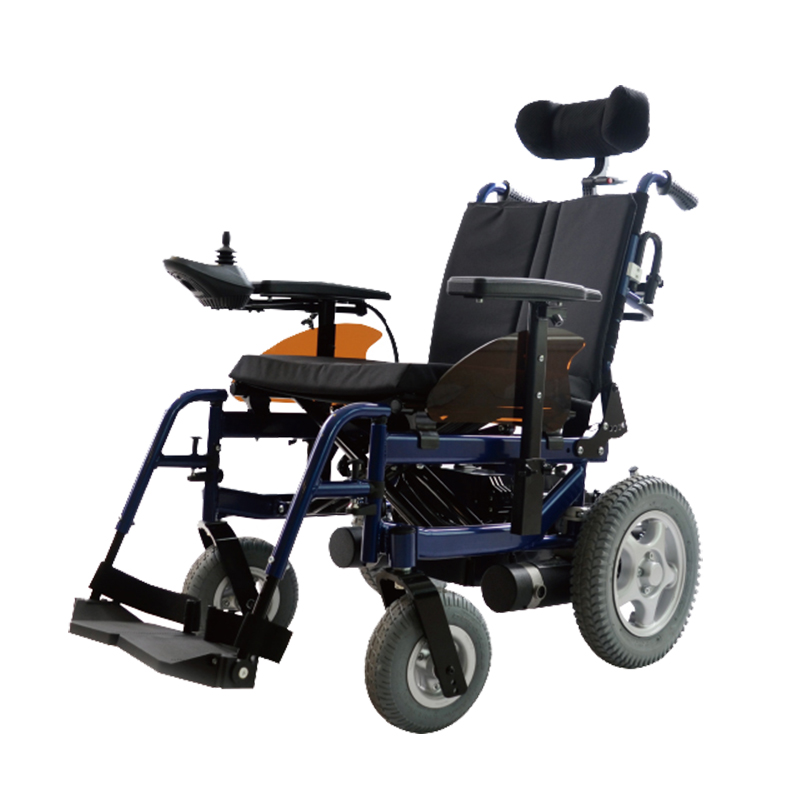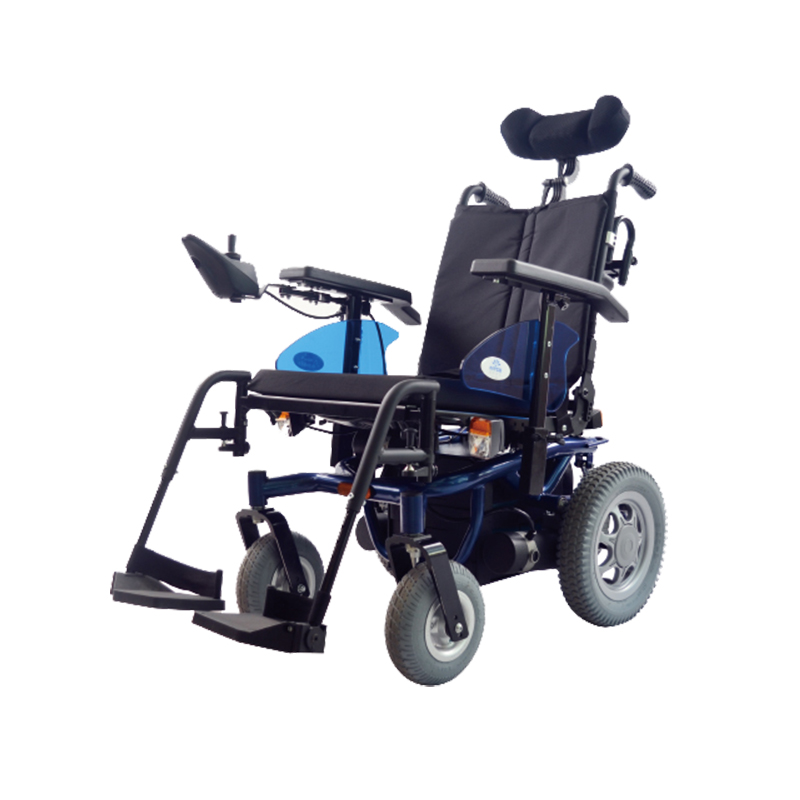In recent years, with the continuous deepening of the adjustment of the crop industry structure, quality and efficiency have become the theme of adjustment. In the production practice, we have explored three high-yield and high-efficiency planting modes of celery, watermelon and rice in one year, and achieved a double harvest of grain and economy, which protected the traditional rice industry and opened up a new path for structural adjustment. 1. Planting mode. Celery began to grow in mid-August, transplanted in mid-October, and listed at the end of February. Watermelon is seeded at the end of January, planted in mid-March, harvested at the end of May and early June, rice is seeded in early May, transplanted in mid-to-late June, and rice is harvested in early October. Each 667 square meters (1 mu) can produce 650 kg of grain, 5,000 kg of celery and 2500 kg of watermelon. The comprehensive output value is above 5,000 yuan. 2. Cultivation techniques. (1) Celery cultivation. The celery is selected from the south of the celery and other cold-tolerant varieties. After soaking and germination, it is spread, and 150 grams per 667 square meters of seedbed is used to transplant 667 square meters of field. The seedbed is convenient for irrigation and drainage, and the soil is fertile and loose. Apply enough base fertilizer, apply 5 cubic meters of high-quality soil fertilizer per 667 square meters, 15 kilograms of diammonium phosphate, 60 kilograms of decomposed cake fertilizer, moderate amount of urea, shallow sowing when sowing, cover the pergola after sowing, keep the ground moist, daily or every other Watering once a day in the morning or afternoon, fixed seedlings at 3 to 4 leaves, and 1200 plants per square meter. In mid-October, rice is harvested for 3 to 5 days after harvesting. Each 667 square meters of soil is mixed with 5 cubic meters of fertilizer, 50 kilograms of compound fertilizer, 60 kilograms of cake fertilizer, and intensive cultivation. It is made according to the specifications of width and length of 2 meters x 30 meters. Each of the two scorpions is used as a belt, and a 50-cm aisle is left in the middle, and plants are planted according to the plant and row spacing of 10 cm × 10 cm. Watering immediately after planting, watering should be done frequently to keep the soil moist, and the ground temperature should be lowered. After watering, the soil should be drained in time. Topdressing should be carried out with less application method, 10 kg of urea per application. In November, it is necessary to cover the mulch in time before the cold current comes. The bamboo frame structure is used, and each raft is 1 shed. The north-south direction is 4.5 meters and the length is 30 meters. 1.8 meters, the front and the end of the film should pay attention to ventilation and cooling, the maximum temperature in the shed does not exceed 25 °C. In the medium term, pay attention to heat preservation, cover the grass at night, pay attention to the prevention and control of pests and diseases, and harvest it in the middle of March or in batches. (2) Watermelon cultivation. The watermelon is selected for early maturity and disease resistance, Zhengza No.5, etc., at the end of January, using firecracker seedlings, planting in mid-March, after celery harvesting, using ditch casting method, applying 75 kg of compound fertilizer per 667 square meters, 3000 kg of decomposed chicken manure, colonization When the sunny day is selected, 550 plants per 667 square meters, the plant spacing is 0.5 meters × 2 meters, watering the planted water, and then making a small arch shed with an arch width of 30-40 cm and a height of 15-20 cm, taking "one master two The side method is pruning, chasing the vine and the fruit fertilizer and combining it with watering. In mid-May, the small shed film was uncovered. In the first half of June, the shed film was uncovered. The watermelon matured about 30 days after flowering and pollination. Note that the first melon was listed before the wheat harvest, and the second batch was harvested in mid-June. . (3) Rice cultivation. Rice is selected from early maturing new rice No. 10 and other varieties. It is bred in early May and planted in mid-June to late June. The planting density is 23 cm × 13 cm, 4 per hole. 50% of the total amount of nitrogen fertilizer used in the bottom fertilizer, and 10% of the total nitrogen fertilizer in the second half of July. Diammonium phosphate is applied at 20 kg per 667 square meters. It is divided into two parts: base fertilizer and greening. The potassium fertilizer is used for 15 kilograms per 667 square meters. It is applied as a base fertilizer at a time. In the middle and late stages, attention is paid to the prevention and control of pests and diseases. Harvested in the first ten days and stopped 10 days before harvesting. The electric wheelchair is based on the traditional Manual Wheelchair, superimposed high-performance power drive device, intelligent operating device, battery and other components, transformed and upgraded.
A new generation of intelligent wheelchairs equipped with artificially operated intelligent controllers that can drive the wheelchair to complete forward, backward, steering, standing, lying, and other functions. It is a high-tech combination of modern precision machinery, intelligent numerical control, engineering mechanics and other fields. Technology Products
Wheelchair,power wheel chair,surgical equipment,medical equipment Shanghai Rocatti Biotechnology Co.,Ltd , https://www.shljdmedical.com


